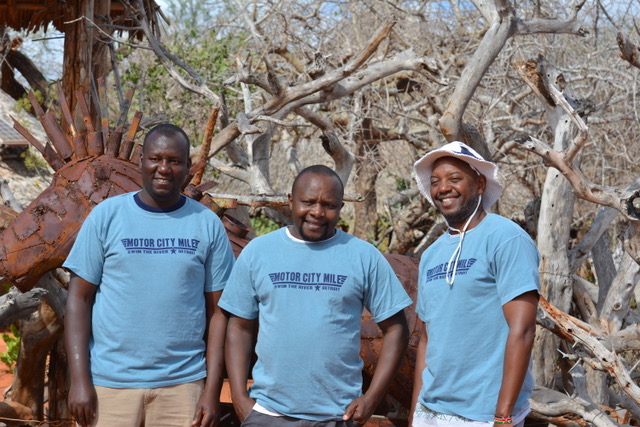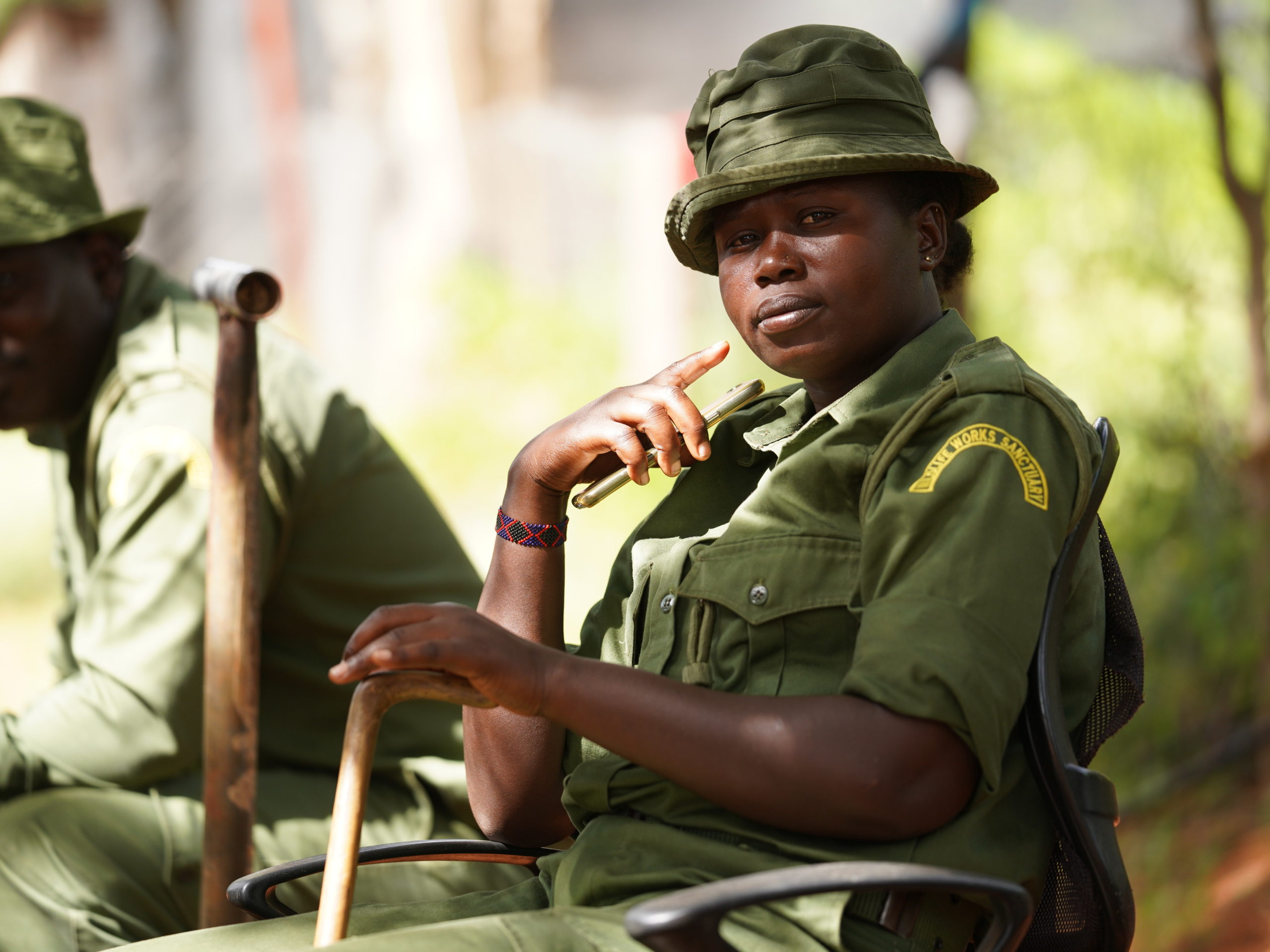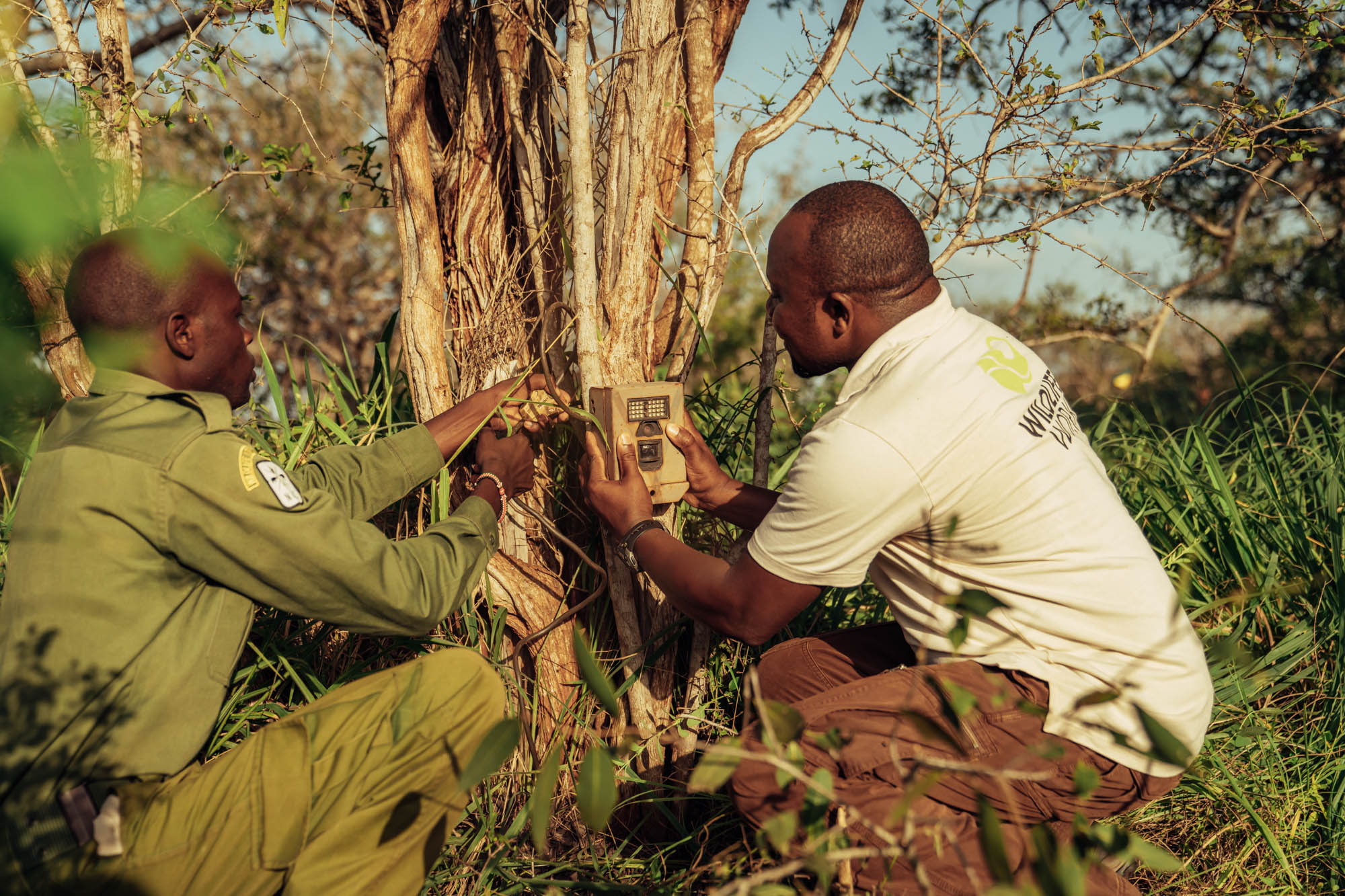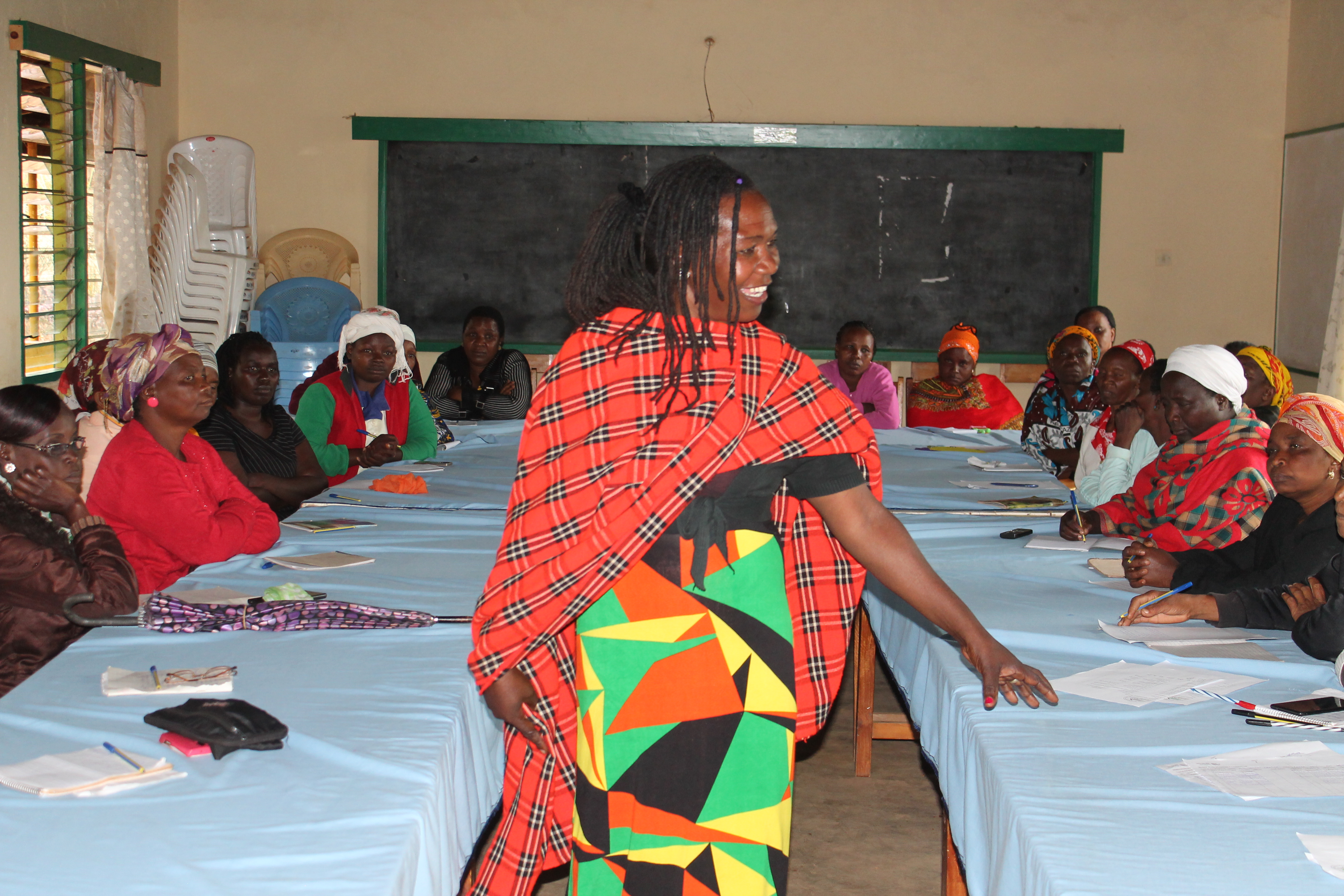
Interview with Dr Mwangi Githiru, Director of Research, Biodiversity and Social Monitoring at Wildlife Works Global program
Dr Mwangi Githiru is the Director of Research, Biodiversity and Social Monitoring at Wildlife Works Global program. His department plays a key role in monitoring and reporting on the impact of Wildlife Works’ REDD+ projects on biodiversity and local communities living adjacent to the project areas in Kenya, the Democratic Republic of the Congo, Colombia and Cambodia. He gives his insight on his department and the role it plays.
What is the purpose of your department?
The Biodiversity and Social Monitoring Department is responsible for defining, designing and overseeing the implementation of Wildlife Works Biodiversity and Social Monitoring Strategies, both for the Kasigau Corridor Project as well as supporting development of these elements in other Wildlife Works’ REDD+ projects around the world. The team in this department undertakes biodiversity and social research geared at evaluating the impact of the Kasigau Corridor REDD+ programme as required by the two standards that the project is certified under (VCS and CCB), and/or following client’s requirements (e.g., IFC Performance Standards).
What do you do/what are you responsible for?
We have a variety of aspects to our work. In terms of existing projects, we define, design and execute Wildlife Works’ Biodiversity and Social Monitoring Strategies. This involves evaluating various methods and monitoring protocols to determine the most appropriate ones for each project setting, whilst balancing scientific rigour, cost, ease-of-execution, and replicability. We also develop and oversee implementation of detailed Biodiversity and Social Monitoring plans that are at a minimum adequate for compliance with all international Carbon standards such as CCB under which Wildlife Works REDD+ projects are validated.
For new (prospective) projects, we conduct desk research and/or rapid reconnaissance field visits to prospective Wildlife Works’ REDD+ projects to describe their Biodiversity and Social profiles, establish initial contact and build early credibility with key community, government and other stakeholders. In addition to that, we help establish Biodiversity and Social Monitoring teams at new Wildlife Works’ REDD+ Project locations, and when needed, provide functional oversight to ensure that the quality of their work is up to acceptable Wildlife Works’ standards.
As to external engagement, we engage policy processes nationally and internationally, e.g., on REDD+ safeguards, to ensure Wildlife Works’ interests, opinions and positions on Monitoring, Reporting and Verification are well articulated. We also develop and maintain professional networks, and lead on building a range of exciting partnerships nationally, regionally, and globally. Through this, establish Wildlife Works as a credible conservation organization based on our raison d’être, research and monitoring excellence and role as a leader in the REDD+ arena both regionally and globally.
We are also responsible for writing concise and informative reports and scientific, peer-reviewed publications as needed to support various project aspects, particularly for satisfying reporting requirements for validation or verification bodies and financial partners.
What are the most important impacts that you track? (trees, community, wildlife and give examples of each?)
The main elements of what we track can be divided into community and the environment.
What we track from the community aspects can be categorised into three main classes. Firstly, project impacts, which are mostly assessed by ongoing project implementation (including projects undertaken and money spent) and a biennial household-level socio-economic survey to assess long term impacts at the household level.
Secondly, we have the project implementation process, which involves assessing the process of project execution including producing and following laid out standard operating procedures, and effectiveness of the grievance process.
Thirdly, is the local organisations’ capacity development, which entails forming or supporting local organisations in the implementation of project activities, particularly the committees involved in making executive decisions on project priorities, and the other organisations and contractors involved in executing activities on the ground.
The environmental impacts mainly cover biodiversity and habitat surveys and monitoring. For biodiversity, we track high Conservation Value mammalian and avian species that are listed under some category of threat globally in the latest IUCN Red List. These include mammals like African wild dog, Grevy’s zebra, African elephant, and big cats (lion, cheetah and leopard), and birds like white-backed, Rüppell’s and lappet-faced vultures, Secretary bird and Martial eagle. Besides the monitoring happening for biomass, we also monitor habitat quality and disturbance especially as pertains to elephant feeding and impacts around major waterholes. In terms of other key elements, we are building a community participatory monitoring element. This means we have 8 community monitors at present who report on interesting wildlife sightings around their villages located throughout the project area, as well as any incidents of human-wildlife conflict.
What is the importance of data collection and analysis, and how is the information used?
The importance of our data collection and analysis system is to enable the company to fulfil the various commitments made pertaining demonstrating positive impacts to the community and biodiversity.
Especially from the CCBA Standard, the REDD+ project commits to have net-positive impacts for local communities and biodiversity, over and above the without-project scenario. To demonstrate this, there is need for compelling arguments with appropriate indicators demonstrated with evidence from a monitoring programme. We use a theory of change framework because social and biodiversity impacts are long term and complex hence tricky to attribute to a single process. A theory of change is a hypothesis about how a project intends to achieve its intended objectives. It provides a roadmap of how activities proposed are intended to generate the desired impacts. Though this is not a guarantee, it is based on several assumptions about the cause-and-effect relationships and hence provides a credible response to the attribution question, while indicators along a causal chain monitor progress towards achieving the desired outcomes and impacts. The information, data and knowledge obtained from the theory of change frameworks is then applied for various crosscutting purposes under the REDD+ project implementation process. This includes compliance,which is fulfilling the requirements of the standards, and adaptive management, which helps to internally evaluate project implementation and make any amendments when things go wrong or are shown unlikely to lead to the desired outcomes. It can also be applied to demonstrate our impact to the community and to improve on or address any implementation issues early, as well as utilised to learn and accumulate lessons which can then be broadly shared within and outside the Kasigau Corridor REDD+ project.

In your opinion, what is the greatest benefit from REDD+ projects for the community and the environment? Please give examples.
For the community, the greatest benefits from the REDD+ project are the financial and social capital. The funds coming from the revenue from the sale of carbon credits would otherwise not be available, and they enable the communities to undertake a wide array of livelihood improvement programmes that will go a long way in improving their lives and breaking the cycle of needing to directly utilise forest resources. This includes paying for vital issues like education (both school fees bursaries and improvement of infrastructure like schools and furniture) and improving water resources enabling more farming.
In terms of social capital, empowerment, strengthened local governance, and self-determination are key elements of the theory of change process as the communities themselves elect and monitor committees that determine how they will spend the revenues allocated from the REDD+ project. This enhances awareness and downward accountability which empowers the communities to demand more from their other leaders too.
When it comes to benefits for the environment, the three key areas of biodiversity benefits are for wildlife, for vegetation and for the landscape. REDD+ projects with dual validation by VCS and CCB commit not only to carbon development, but also community and biodiversity benefits. For wildlife, this entails reduced threats (such as from human-wildlife conflicts and poaching) as well as improved habitats. For vegetation, habitats are improving through enhanced protection (e.g., from reduced tree harvesting for poles or charcoal production), avoided overgrazing of livestock, and through improved water resources and provision for wildlife (e.g., from scooping waterholes to hold more water). Lastly, because REDD+ projects work at a relatively large scale, it is possible to achieve holistic conservation at landscape level, such as protection or enhancement of corridors, working with neighbouring farmers in agricultural mosaics on tree planting efforts (e.g., indigenous trees in degraded areas, and other trees on farms for various functions like hedges, firewood, fodder or fruits).
What would you term to be your biggest achievement?
Besides the general achievements of the REDD+ projects in terms of biodiversity and community improvement, the major achievements for our department so far has been successfully supporting validation and multiple verifications of the Kasigau Corridor REDD+ project in Kenya and the Mai Ndombe REDD+ project in the DRC, as well as playing an industry leadership role in undertaking consultancies towards developing other REDD+ projects (such as the Chyulu Hills REDD+ project in Kenya) and training of community and government officials in this process in several countries in Africa and Asia.





